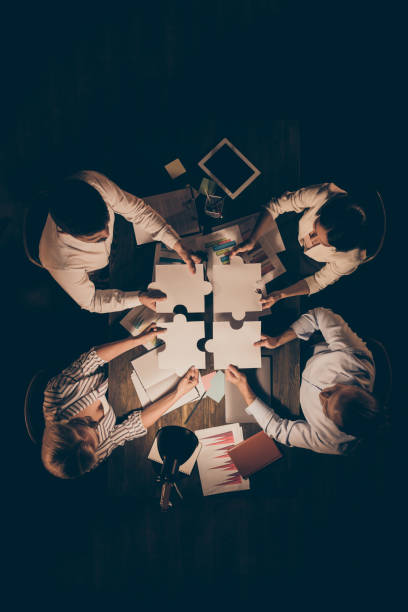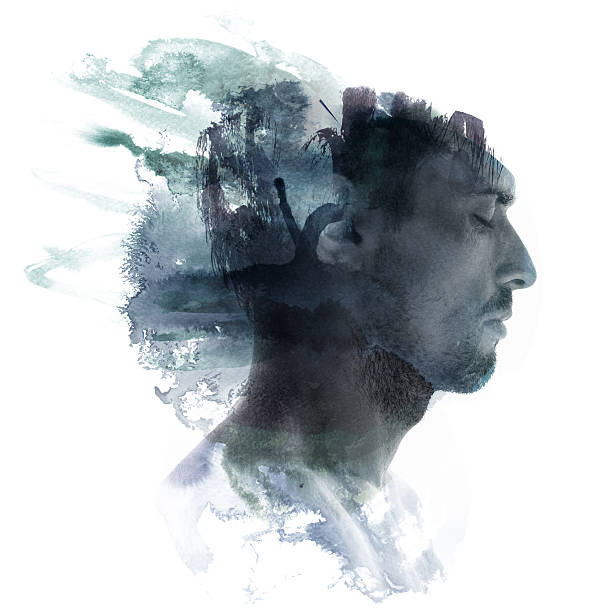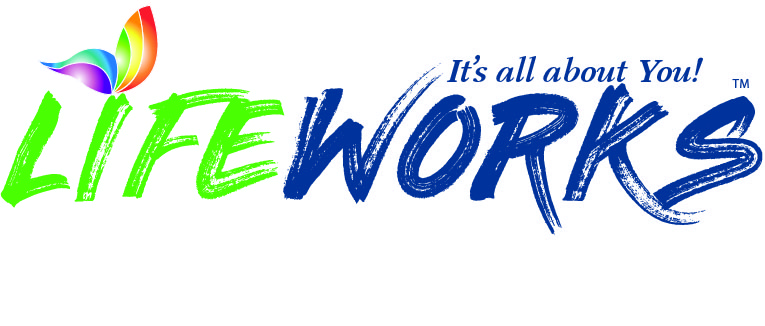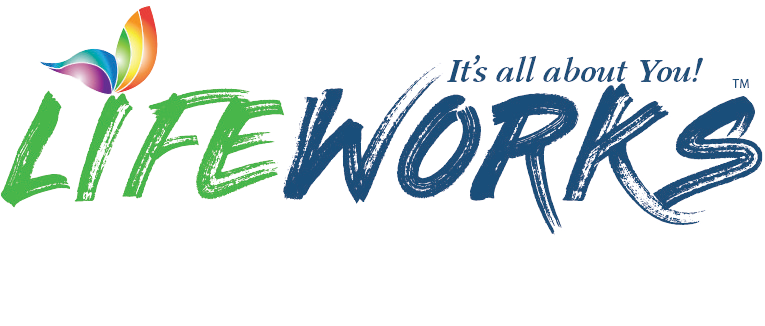Our Methodology

Blended Learning
Blended learning is a way of breaking down barriers to learning where it combines traditional face-to-face learning activities with online learning components. The blended learning technique enables individuals to experience situations based on approaches ranging from experiential learning to virtual or collaborative, which incorporates advanced facilitation techniques to unleash individuals’ true potential.
Collaborative Learning
Collaborative Learning
Collaborative learning is an educational technique that involves working in groups to improve learning. Two or more learners work together to solve issues, accomplish projects, or learn new concepts in groups of two or more. Rather than note memorization of facts and figures, this technique actively engages learners in processing and synthesizing information and concepts.

Inquiry Based Learning
Inquiry Based Learning
Inquiry-based learning is a method of instruction that emphasizes the importance of the learner’s participation in the learning process. It employs a variety of learning techniques, including small-group discussion and guided learning. Learners learn through doing rather than memorizing facts and information. This enables people to expand their knowledge through inquiry, experimentation, and discussion. Other than to satisfy their curiosity, intellectual engagement will be broadened and develop their understanding skills.

Experiential Learning
Experiential Learning
Experiential learning is the process of learning through experience, and is best defined as “learning by doing”. Through this approach, each learner has unique experiences that will involve them physically, mentally, and emotionally. Learners are better to apply ideas and knowledge taught in the classroom to real-world issues when they are involved in hands-on experiences and reflection. This can be best described as per Kolb’s diagram. The process of experiential learning aids in performance enhancement, learning, and development.

Kinesthetic Learning
Kinesthetic Learning
Kinesthetic learning is a type of information processing that involves the use of touch and movement. Kinesthetic learning includes on-the-job training, simulations, and experimentation. It’s also known as tactile or physical learning. By carrying out physical activities and interacting with environments, they are used in combination with visual and/or auditory study techniques, producing multi-sensory learning. Rather than being passive observers, they desire to be active participants.

Virtual Learning
Virtual Learning
Virtual learning is a learning experience that takes place in an online environment and is intended to broaden educational opportunities. Learners interact and access resources in virtual learning environments in ways they would not or could not in a physical classroom. Lifeworks offers engaging virtual training programs that bring learning to life. We strive to ensure that our programs are engaging and memorable even through the screen.

Collaborative Learning
Collaborative Learning
Collaborative learning is an educational technique that involves working in groups to improve learning. Two or more learners work together to solve issues, accomplish projects, or learn new concepts in groups of two or more. Rather than note memorization of facts and figures, this technique actively engages learners in processing and synthesizing information and concepts.

Inquiry Based Learning
Inquiry Based Learning
Inquiry-based learning is a method of instruction that emphasizes the importance of the learner’s participation in the learning process. It employs a variety of learning techniques, including small-group discussion and guided learning. Learners learn through doing rather than memorizing facts and information. This enables people to expand their knowledge through inquiry, experimentation, and discussion. Other than to satisfy their curiosity, intellectual engagement will be broadened and develop their understanding skills.

Experiential Learning
Experiential Learning
Experiential learning is the process of learning through experience, and is best defined as “learning by doing”. Through this approach, each learner has unique experiences that will involve them physically, mentally, and emotionally. Learners are better to apply ideas and knowledge taught in the classroom to real-world issues when they are involved in hands-on experiences and reflection. This can be best described as per Kolb’s diagram. The process of experiential learning aids in performance enhancement, learning, and development.

Kinesthetic Learning
Kinesthetic Learning
Kinesthetic learning is a type of information processing that involves the use of touch and movement. Kinesthetic learning includes on-the-job training, simulations, and experimentation. It’s also known as tactile or physical learning. By carrying out physical activities and interacting with environments, they are used in combination with visual and/or auditory study techniques, producing multi-sensory learning. Rather than being passive observers, they desire to be active participants.

Virtual Learning
Virtual Learning
Virtual learning is a learning experience that takes place in an online environment and is intended to broaden educational opportunities. Learners interact and access resources in virtual learning environments in ways they would not or could not in a physical classroom. Lifeworks offers engaging virtual training programs that bring learning to life. We strive to ensure that our programs are engaging and memorable even through the screen.

KOLB's Learning Method

Kolb's Experiential Learning Theory, developed by David Kolb, is a comprehensive framework that describes how people learn through experience. The theory is based on the idea that learning is a cyclical process involving four stages: concrete experience, reflective observation, abstract conceptualization, and active experimentation. These stages are often represented as a cycle, suggesting that learning is an ongoing and iterative process. Kolb identified four learning styles based on how individuals engage with these stages:
People with this learning style prefer to experience concrete situations and reflect on them. They are good at viewing situations from different perspectives and are imaginative and creative.
Individuals with this learning style prefer to think about abstract concepts and create theoretical models. They excel in understanding information and organizing it logically.
Those with this learning style prefer to use abstract concepts to solve problems. They are practical, prefer technical tasks, and are less concerned with interpersonal aspects.
People with this learning style prefer to have a hands-on approach to learning. They rely on intuition rather than logic and excel in situations that require adaptation and experimentation.
Kolb’s model suggests that effective learning occurs when individuals engage in all four stages of the learning cycle and adapt their approach based on their learning style preferences and the demands of the situation. It’s a flexible framework that can be applied to various educational, professional, and personal development contexts.

